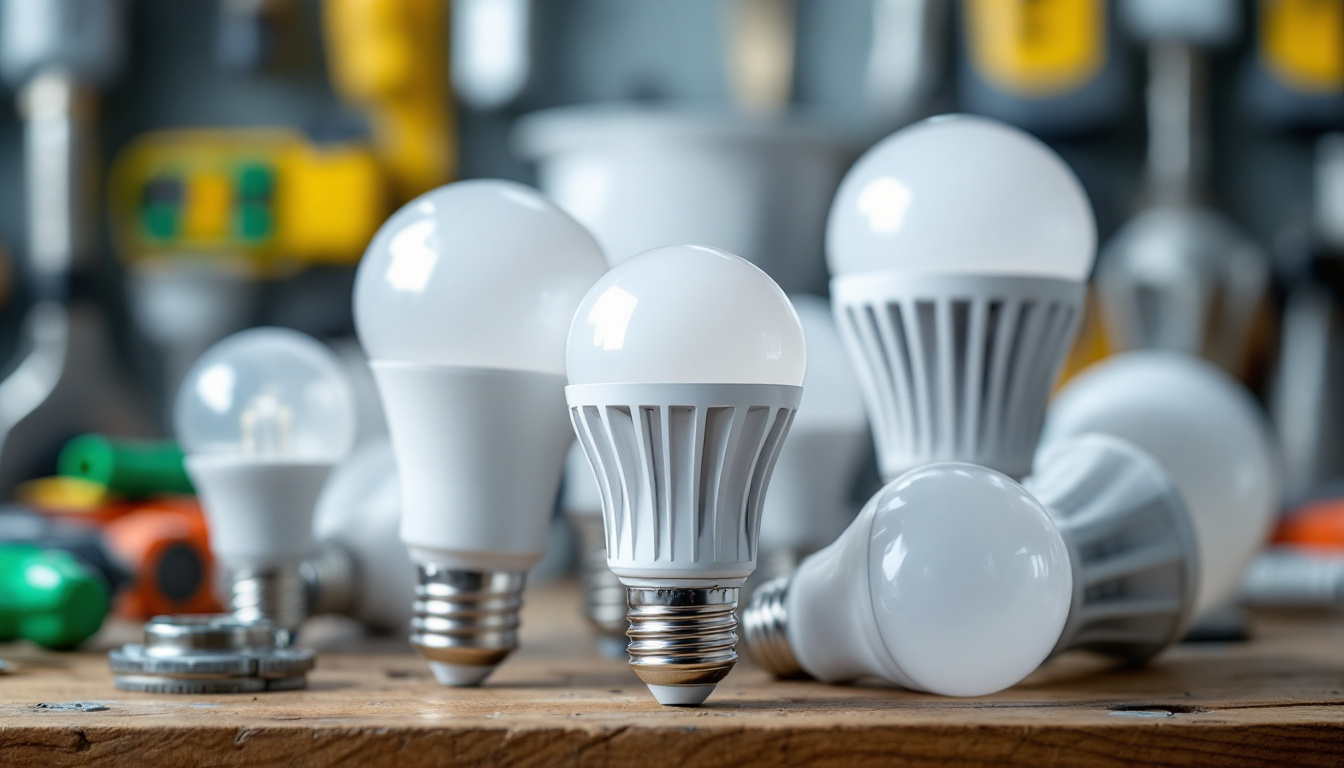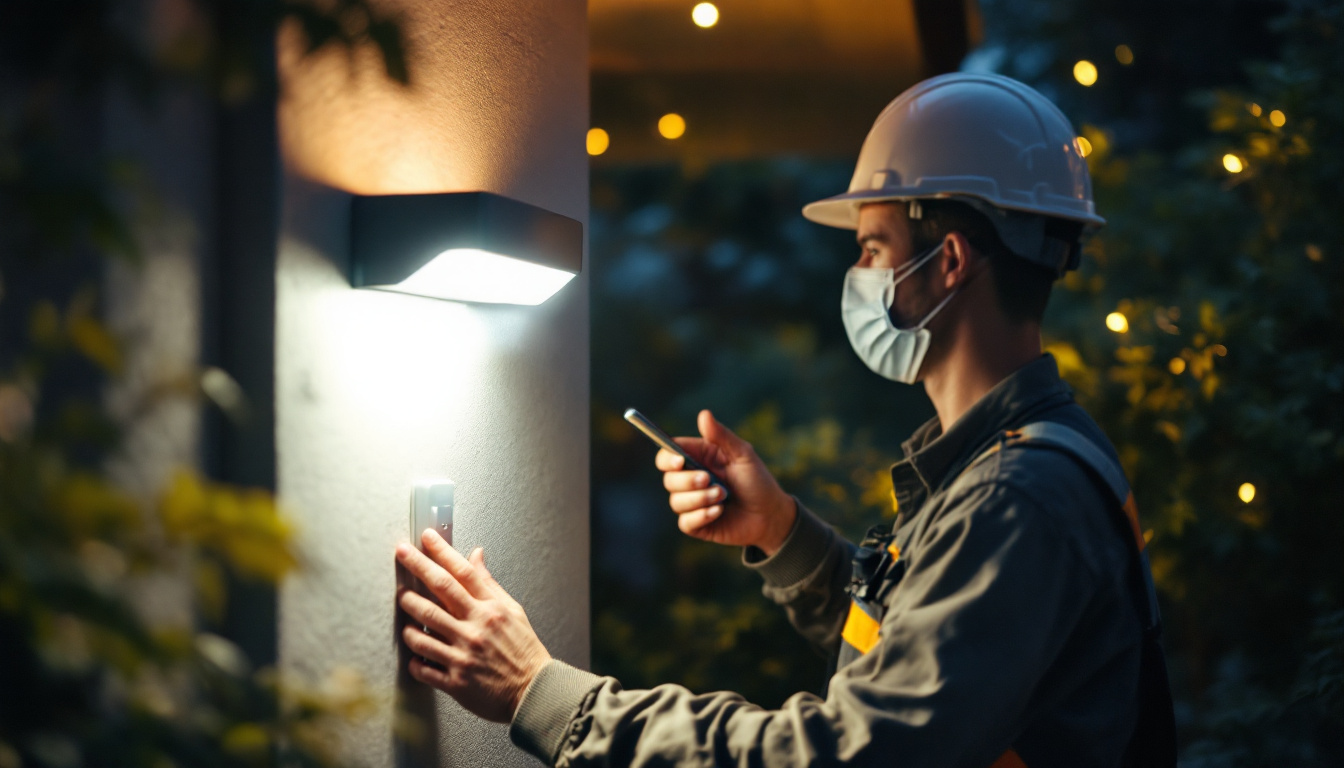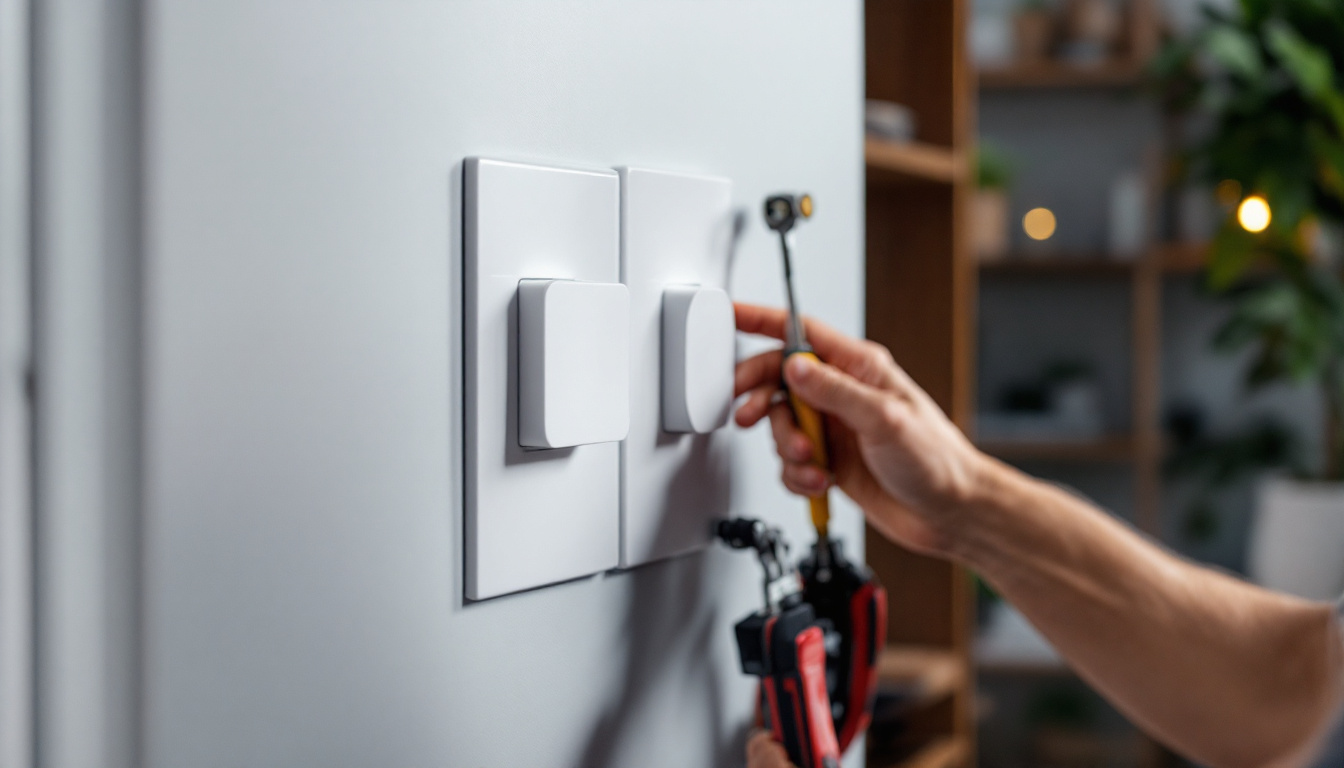
In the ever-evolving landscape of lighting technology, contractors are constantly seeking innovative solutions that enhance efficiency and performance. One such advancement is the emergence of light bulbs with prongs, which have gained popularity for their ease of use and energy-saving capabilities. This article delves into the benefits and applications of pronged light bulbs, offering insights that can help lighting contractors make informed decisions for their projects.
Light bulbs with prongs, often referred to as plug-in bulbs, are designed to be easily installed into fixtures that accommodate their specific prong configuration. Unlike traditional screw-in bulbs, these bulbs provide a more secure connection and are typically used in commercial and residential settings where frequent bulb changes are necessary.
There are several types of pronged light bulbs available on the market, each designed for different applications. Common varieties include bi-pin, GU10, and G24 bulbs. Understanding the differences between these types is crucial for contractors when selecting the appropriate bulb for a specific fixture or purpose.
Bi-pin bulbs, for example, are often used in track lighting and under-cabinet applications, while GU10 bulbs are popular in recessed lighting. G24 bulbs, on the other hand, are frequently found in commercial settings, such as office buildings and retail spaces. Each type has its own advantages, making it essential for contractors to be familiar with the options available. Furthermore, the choice of bulb can significantly affect the ambiance of a space; for instance, GU10 bulbs can provide focused lighting that enhances architectural features, while bi-pin bulbs can create a softer glow suitable for more intimate settings.
One of the primary benefits of pronged light bulbs is their ease of installation. The prong design allows for a straightforward plug-and-play approach, reducing the time and effort required for bulb replacement. This is particularly advantageous for lighting contractors who may need to change bulbs frequently in commercial settings.
Additionally, pronged light bulbs are often more energy-efficient compared to traditional incandescent bulbs. Many of these bulbs utilize LED technology, which not only consumes less energy but also has a longer lifespan. This translates to lower operating costs for clients and less frequent replacements for contractors, ultimately enhancing overall project efficiency. Moreover, the advancements in LED technology have led to a variety of color temperatures and brightness levels, allowing for greater customization in lighting design. Whether a warm, inviting glow is desired for a cozy living room or a bright, white light is needed for a workspace, pronged light bulbs can meet these diverse needs, making them a versatile choice for any lighting project.
Lighting contractors frequently work in commercial environments where efficiency and performance are paramount. Pronged light bulbs offer a range of applications that can significantly improve lighting quality and energy consumption in these settings.
In retail environments, lighting plays a crucial role in showcasing products and creating an inviting atmosphere. Pronged light bulbs can be utilized in track lighting systems, accentuating key merchandise and enhancing the shopping experience. Their ability to provide focused illumination helps retailers highlight specific areas, drawing customers’ attention where it matters most.
Moreover, the energy efficiency of pronged bulbs can lead to substantial cost savings for retailers. By reducing energy consumption, businesses can allocate resources elsewhere, ultimately contributing to their bottom line. Additionally, the color temperature of pronged bulbs can be tailored to create different moods; for instance, warmer tones can evoke a cozy feel, perfect for boutiques, while cooler tones can enhance a modern, sleek aesthetic in tech stores. This flexibility allows retailers to adapt their lighting strategies to align with seasonal promotions or special events, ensuring that the ambiance remains fresh and engaging.
In office settings, proper lighting is essential for productivity and employee well-being. Pronged light bulbs can be used in various fixtures, including ceiling lights, desk lamps, and task lighting. The versatility of these bulbs allows contractors to create a well-lit environment that promotes focus and reduces eye strain.
Furthermore, the longevity of LED pronged bulbs means that offices can minimize downtime associated with bulb replacements. This is particularly important in busy workplaces where disruptions can hinder workflow. Beyond just functionality, the implementation of pronged bulbs can also contribute to a company’s sustainability goals. Many organizations are now prioritizing eco-friendly practices, and using energy-efficient lighting solutions is a significant step in reducing their carbon footprint. Moreover, the ability to integrate smart lighting systems with pronged bulbs allows for automated adjustments based on natural light levels throughout the day, further enhancing energy savings and creating a more dynamic work environment that adapts to the needs of its occupants.
As the demand for sustainable practices increases, lighting contractors are under pressure to choose products that align with energy efficiency goals. Pronged light bulbs, particularly those utilizing LED technology, are an excellent choice for contractors looking to enhance their sustainability efforts.
By opting for pronged light bulbs, contractors can significantly reduce the carbon footprint of their projects. LED bulbs consume considerably less energy than traditional incandescent or fluorescent bulbs, resulting in lower greenhouse gas emissions. This shift not only benefits the environment but also aligns with the growing trend of corporate responsibility among businesses.
Many clients are now prioritizing sustainability in their purchasing decisions, making it essential for contractors to offer energy-efficient solutions. By incorporating pronged light bulbs into their projects, contractors can position themselves as leaders in sustainable lighting practices.
Many regions offer incentives and rebates for businesses that invest in energy-efficient lighting solutions. Contractors can take advantage of these programs to provide clients with cost-effective options while simultaneously promoting sustainability. Understanding local regulations and available incentives can help contractors maximize savings for their clients and enhance their own service offerings.
While pronged light bulbs offer numerous advantages, proper installation is crucial to ensure optimal performance and safety. Contractors must be aware of specific considerations when working with these bulbs to avoid potential issues.
Before selecting pronged light bulbs for a project, it is essential to verify compatibility with existing fixtures. Different prong configurations require specific sockets, and using the wrong bulb can lead to poor performance or even damage to the fixture. Contractors should always check the specifications of both the bulb and the fixture to ensure a proper fit.
Additionally, understanding the wattage and voltage requirements of the bulbs is critical. Using bulbs that exceed the recommended wattage can pose safety hazards, while underpowered bulbs may not provide adequate illumination.
Contractors must also be familiar with safety standards and regulations governing lighting installations. Compliance with local electrical codes is essential to ensure the safety of both the installation and its users. This includes adhering to guidelines regarding bulb placement, wiring, and circuit load.
Staying informed about changes in regulations can help contractors avoid potential legal issues and ensure that their work meets industry standards. Regular training and education on safety practices can further enhance a contractor’s ability to deliver high-quality installations.
The lighting industry is continuously evolving, with new technologies emerging to improve efficiency and functionality. Contractors should stay abreast of these trends to remain competitive and offer cutting-edge solutions to their clients.
One of the most significant trends in lighting technology is the rise of smart lighting solutions. These systems allow for remote control and automation of lighting, enabling users to adjust brightness, color temperature, and scheduling through smartphones or smart home devices. Pronged light bulbs are increasingly being integrated into these smart systems, offering flexibility and convenience for users.
As smart technology becomes more prevalent, contractors must familiarize themselves with the installation and configuration of these systems. Offering smart lighting solutions can enhance a contractor’s service portfolio and appeal to tech-savvy clients looking for modern solutions.
LED technology continues to advance, with improvements in efficiency, color rendering, and lifespan. As new LED options become available, contractors should consider how these advancements can benefit their projects. For instance, newer LED bulbs may offer better color accuracy, making them ideal for applications where color representation is critical, such as in art galleries or design studios.
Staying informed about the latest LED developments can help contractors provide clients with the most effective lighting solutions, ensuring that their projects meet the highest standards of quality and performance.
Light bulbs with prongs represent a significant advancement in lighting technology, offering numerous benefits for lighting contractors. From ease of installation to energy efficiency and sustainability, these bulbs provide solutions that can enhance the quality of lighting in various settings. By understanding the types of pronged bulbs available, their applications, and the installation considerations involved, contractors can make informed decisions that benefit both their clients and their businesses.
As the industry continues to evolve, embracing new technologies and trends will be essential for contractors looking to stay competitive. By incorporating pronged light bulbs into their projects and staying informed about advancements in lighting technology, contractors can position themselves as leaders in the field, delivering innovative and efficient solutions that meet the needs of their clients.
Ready to elevate your lighting projects with the efficiency and sustainability of pronged light bulbs? At LumenWholesale, we provide lighting contractors with an exceptional range of top-quality, spec-grade lighting products at unbeatable wholesale prices. Say goodbye to local distributor markups and hello to superior lighting solutions that meet the highest industry standards. With our hassle-free bulk buying and free shipping, you can trust that you’re getting premium lighting at the best value — without any hidden fees. Enhance your lighting installations today by visiting Wholesale Lighting at the Best Value and discover the LumenWholesale difference.

Discover how integrating fan lights into your offerings can boost your business as a lighting contractor.

Discover the essential guide for lighting contractors on outlet switches, covering installation tips, safety protocols, and innovative solutions to enhance your projects.

Discover why light sensors are a game-changer for outdoor lighting projects.

Discover the different types of dimmer switches and get answers to lighting contractors’ most common questions.